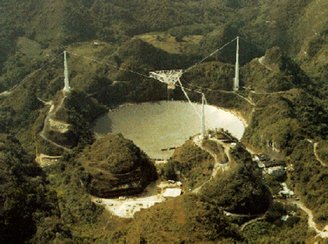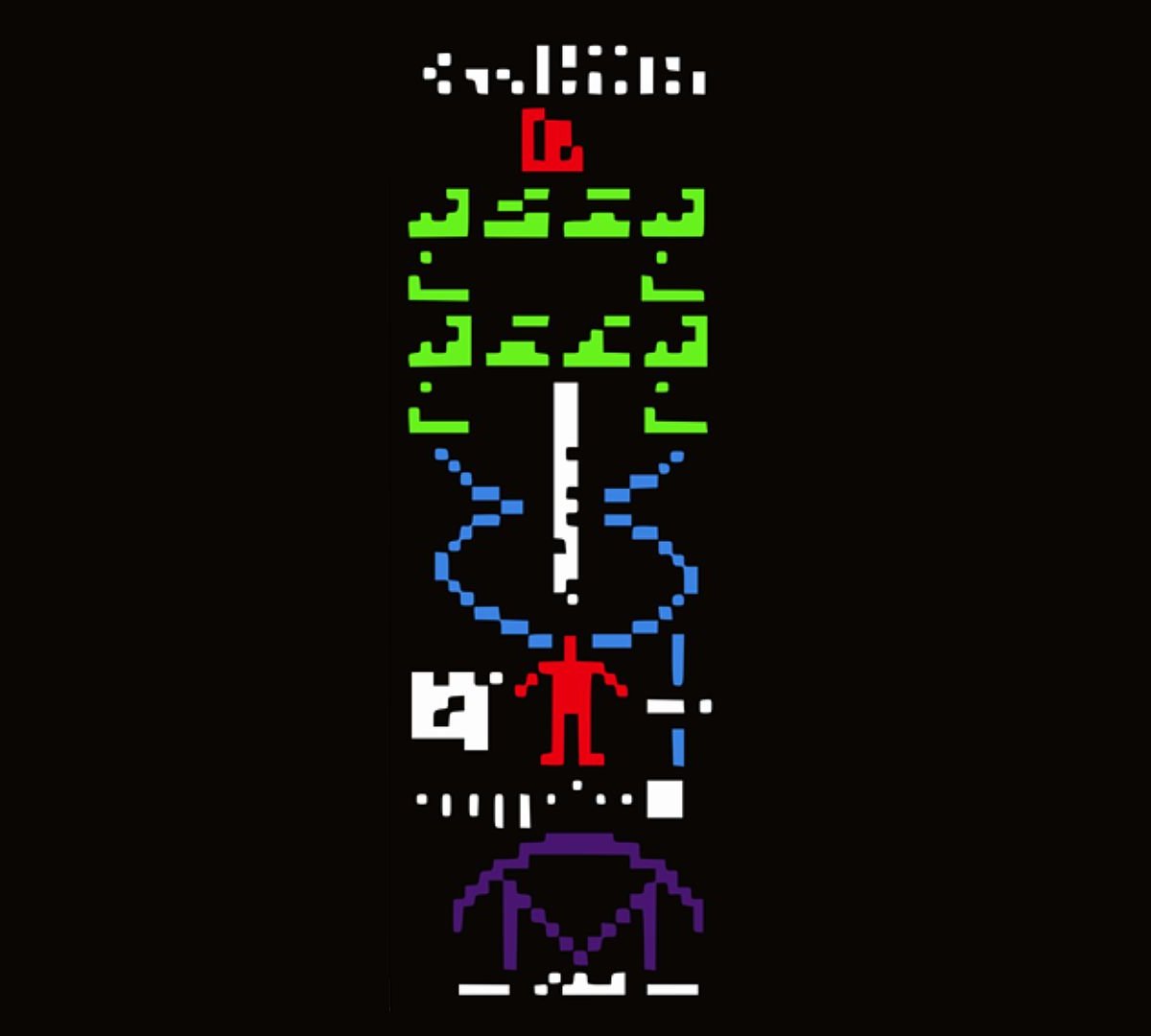THE The Arecibo Message is a landmark search for intelligent life beyond Earth. On November 16, 1974, an international team of scientists, including astronomer and science popularizer Carl Sagan, sent a message into space with the aim of communicating with possible extraterrestrials.
This Tuesday (16), It’s the 50th anniversary of the transmission of the message via the radio telescope at the Arecibo Observatory in Puerto Rico.
It is important to emphasize that the transfer was carried out not only for the purpose of searching for extraterrestrial life, but also for a research purpose. Part of the Arecibo radio telescope upgrade ceremony.
In this mission, Researchers have created a simple, illustrated message that aliens could possibly understand. After all, these beings probably would not communicate in English, Portuguese, or any other Earth language, so it was necessary to find a more universal form of communication.
The Arecibo Message is considered humanity’s first attempt to send communication within the scope of the Extraterrestrial Intelligence (METI) initiative.
The Search for Extraterrestrial Intelligence (SETI) program has continued some of this mission and to this day is trying to find an answer or other messages the aliens are trying to send. Contrary to the message, SETI passively searches for possible contacts with other civilizations.
In fact, SETI detected the WOW signal, a mystery that has led many scientists to consider the possibility that it is an extraterrestrial message. However, many reject this hypothesis and suggest that the signal probably comes from responses from celestial bodies such as stars or comets.
“While this brief investigation is unlikely to lead to an answer, the experiment was useful in making us think a little about the challenges of communicating across space, time, and possibly a wide cultural divide,” the SETI website describes.
History of the Arecibo Message
Scientists participating in the mission included data on mathematics, humanity, DNA and the Solar System.
Later on November 16, 1974 radio message was transmitted to the Large Globular Hercules Cluster known as Messier 13, M13, or NGC 6205. The region is located 25 thousand light years away from Earth.
In total, 1,679 bits of data were sent, organized into 73 lines of 23 characters each, creating images and numbers that could help extraterrestrials decipher the message.
Among the information it contained were:
- Data on basic chemical elements;
- DNA structure;
- A human figure of average height for the time;
- Representation of the Solar System;
- Drawing of the Arecibo Radio Telescope;
- Binary numbers representing the number system.
Before the post, the Arecibo Observatory began being built in the 1950s, but was only used from 1963 onwards.
It was only in the early 1970s that American astronomer Frank Donald Drake attempted to create the first message from human civilization to other civilizations in space.

Drake, along with Carl Sagan and other scientists, played a fundamental role in sending the message using a frequency of 2380 MHz and a bandwidth of 10 Hz.. The broadcast lasted only three minutes.
Because Messier 13 is about 145 light-years in diameter and is about 11.65 billion years old, scientists considered the cluster to be one of the most suitable regions in the sky at that time.
Was the message responded to?
now Scientists have not yet received an official response to this message; there are just some fake answers. In fact, a group of scientists affiliated with SETI announced that they did not like the idea of sending messages to civilizations we do not know about.
They claim that sending messages to other intelligent beings can be quite dangerous, as we do not know what the reaction of these extraterrestrials will be.
“METI programs carry unknown and potentially huge implications and consequences. We believe that the decision to broadcast or not to broadcast should be based on a global consensus, not a decision based on the desires of a few individuals with access to powerful communications equipment,” the group stated in a 2015 message.
Did you like the content? So, stay updated with more topics about astronomy and science at TecMundo. Take the opportunity to understand how contact with extraterrestrial civilizations poses risks to humanity. Until next time!
Source: Tec Mundo
I’m Blaine Morgan, an experienced journalist and writer with over 8 years of experience in the tech industry. My expertise lies in writing about technology news and trends, covering everything from cutting-edge gadgets to emerging software developments. I’ve written for several leading publications including Gadget Onus where I am an author.













